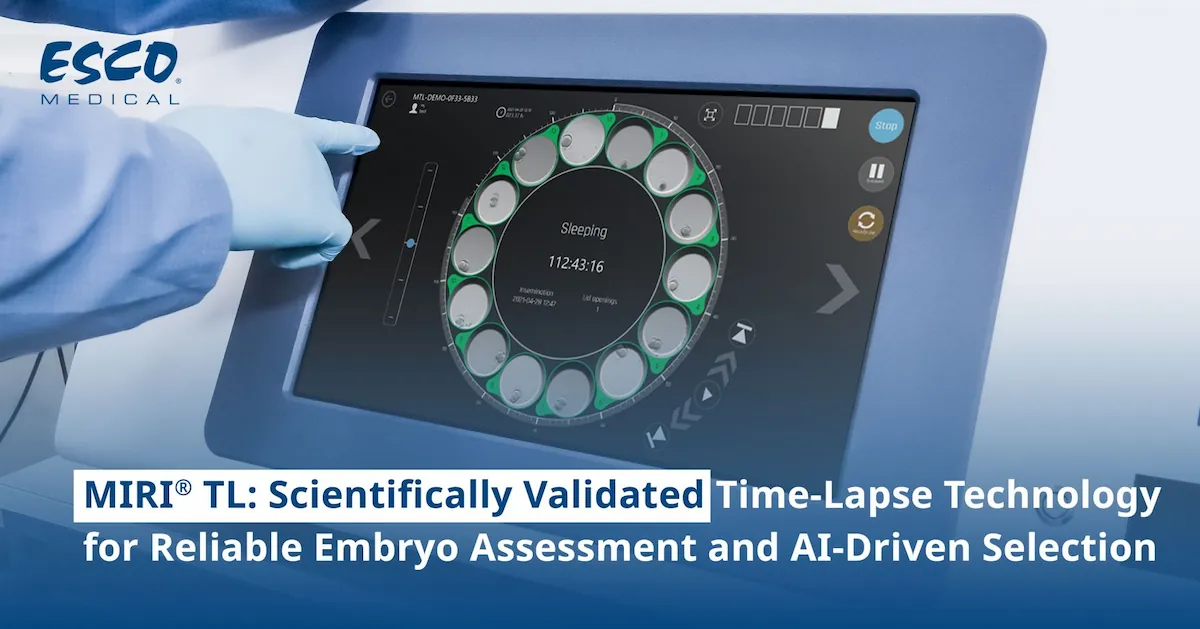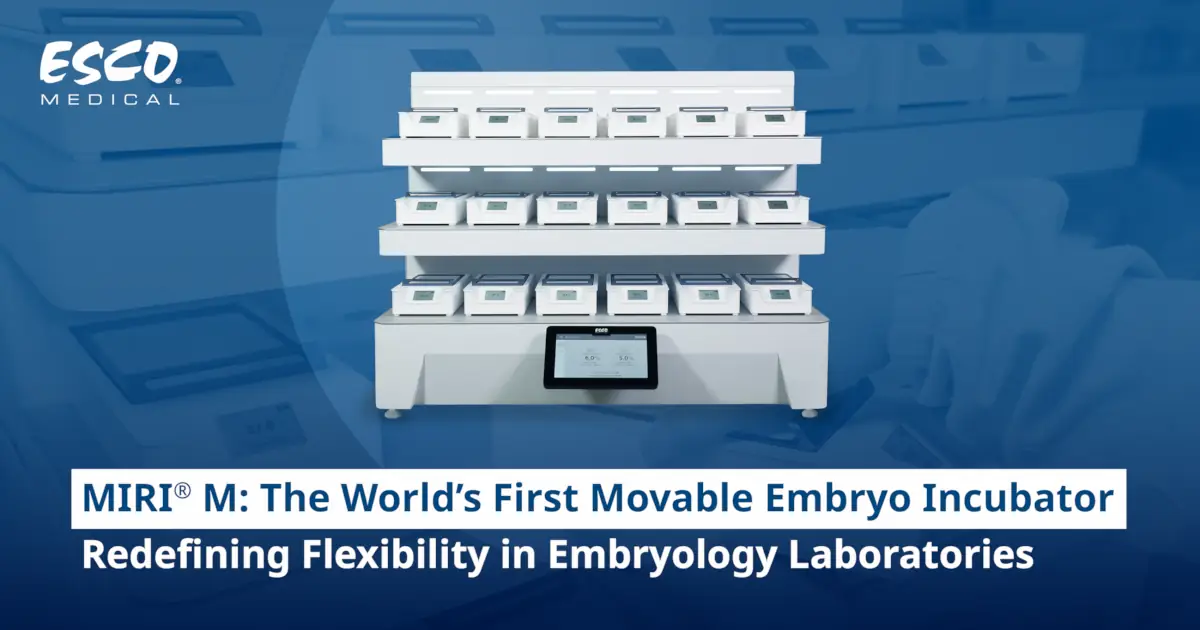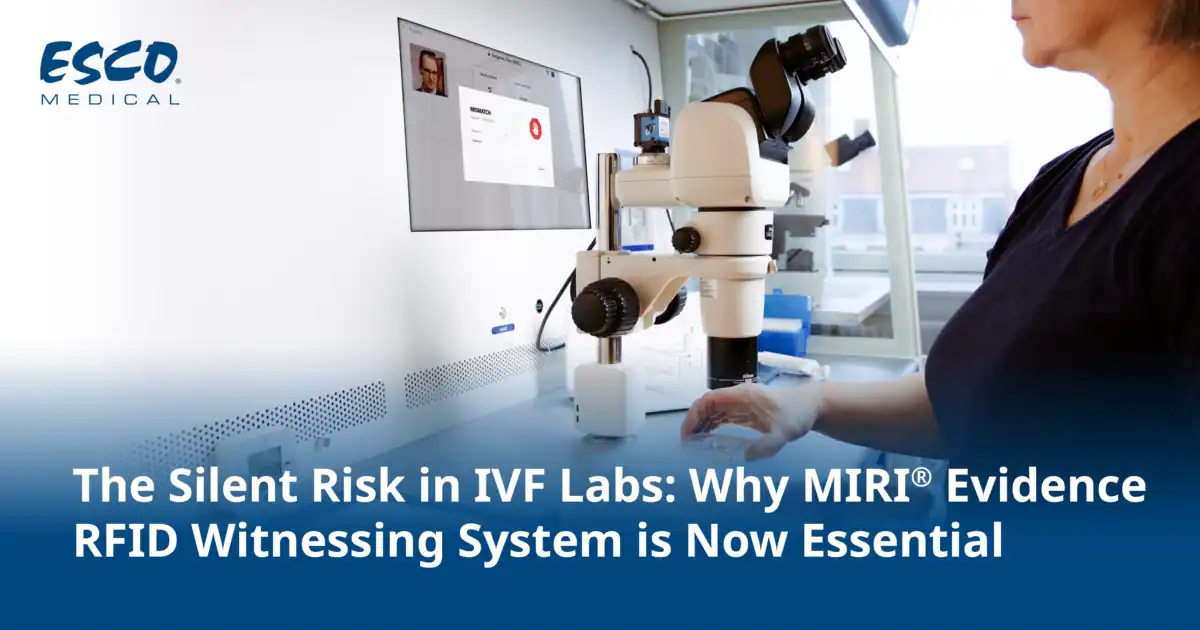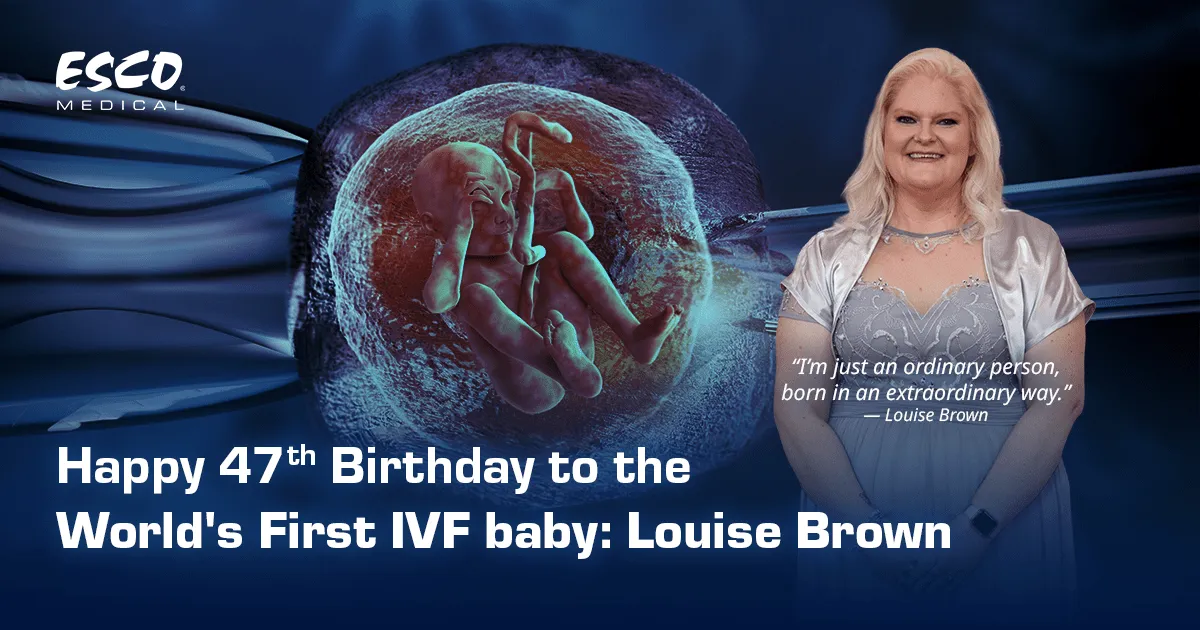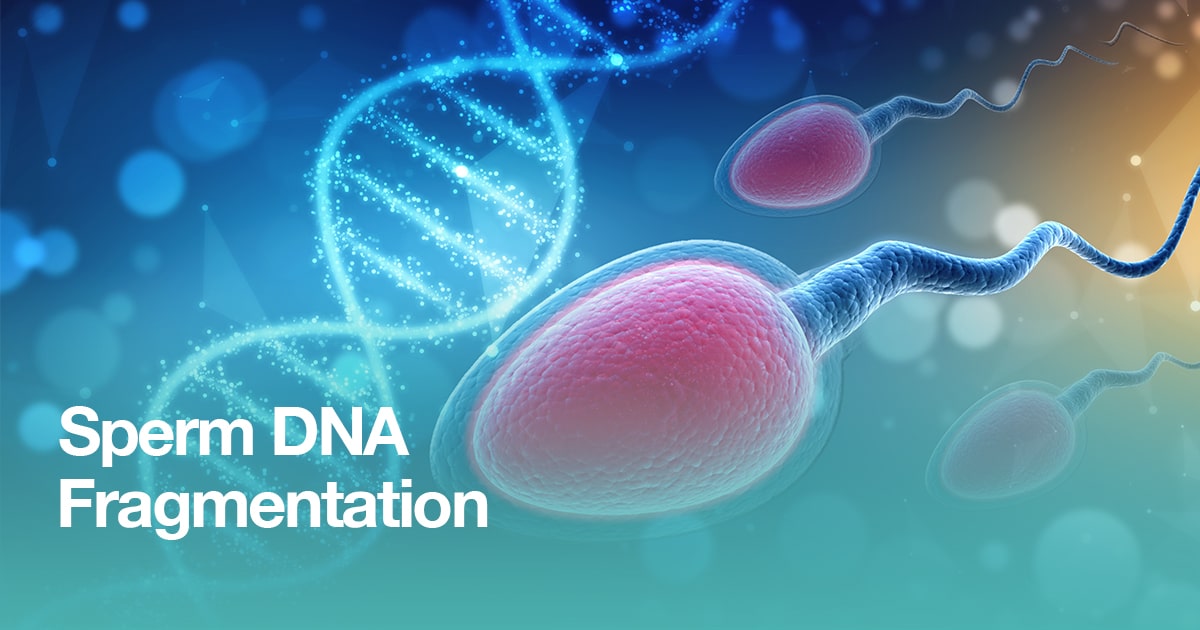
INTRODUCTION
Infertility is defined as the inability of
a couple to achieve a clinical pregnancy after one year of regular, unprotected
sexual intercourse. Globally, infertility affects more than 15% of couples,
with male factors alone or in combination with female factors contributing to
50% of the cases. Despite the prevalence of male infertility, the
evaluation of infertile men still relies on conventional semen analysis, which
alone does not accurately predict male fertility potential and the success of
assisted reproductive technology (ART).
Surprisingly, around 15% of infertile patients exhibit a normal semen analysis.
While the assessment of sperm concentration, motility, and morphology is
standard, it may not fully reflect impaired sperm DNA integrity, which
is crucial for normal fertilization, embryo development, and the success of
ART.
Fundamental Processes Leading to The Fragmentation of Sperm DNA.
Sperm DNA fragmentation (SDF) primarily occurs due
to defective maturation and abortive apoptosis within the testis, as well as
oxidative stress (OS) throughout the male reproductive tract. In the course of spermatogenesis, chromatin
is compacted through histone exchange with transitional proteins and protamines. Abortive
apoptosis during spermatogenesis is another factor inducing SDF. Apoptosis is
essential to prevent defective germ cells from differentiating into
spermatozoa; however, failure of this process can lead to the accumulation of
spermatozoa expressing apoptotic markers in the ejaculated semen. Excessive
reactive oxygen species (ROS)
can induce DNA damage and activate apoptotic pathways in spermatozoa. OS also
activates intrinsic apoptotic pathways in spermatozoa, where externalization of
phosphatidylserine serves as an early marker, and SDF acts as a late marker of
apoptosis.
Factors in Clinical & Environmental Settings Contributing to Sperm DNA Fragmentation.
Sperm DNA fragmentation (SDF) exhibits an age-related
increase, initiating in reproductive years and doubling between the ages of 20
and 60 years. This correlation is attributed to heightened exposure to
oxidative stress (OS), defective sperm chromatin packaging, and disrupted
apoptosis associated with aging. Clinical conditions linked to elevated SDF
include varicocele, which induces testicular damage and SDF through increased
intratesticular temperature
and retrograde flow of renal and adrenal metabolites, leading to OS and
apoptosis. Genitourinary infections and subsequent leukocytospermia
contribute to increased reactive oxygen species (ROS) production, amplifying
SDF. Men with testicular
cancer and other malignancies also exhibit an increase in SDF, possibly due
to associated endocrine alterations or OS in these pathologies.
Lifestyle and environmental factors are
significant contributors to SDF. Obese men, in particular,
display higher levels of OS and SDF compared to those with normal weight or
overweight status. Mechanisms linking obesity to altered sperm function and
reduced fertility potential include increased scrotal temperature, endocrine
imbalance, and chronic systemic inflammation. Weight loss
has been shown to lead to a significant improvement in SDF and overall
fertility. Men with diabetes
often demonstrate higher levels of SDF due to OS, associated with the
generation of advanced glycation end products.
Cigarette smoking
adversely affects DNA integrity due to tobacco metabolites, including nicotine, cadmium lead and
benzopyrene. Alcohol consumption has also been linked to increased SDF and
apoptosis
These clinical and environmental risk
factors contribute to increased ROS production through various mechanisms,
resulting in OS and ultimately leading to SDF
Impact of sperm DNA fragmentation on fertility.
Sperm DNA integrity is crucial for the
successful birth of healthy offspring. Growing evidence underscores the
independent and significant role of sperm DNA fragmentation
(SDF), a marker of damaged chromatin, in
male infertility and reproductive success.
High levels of SDF can negatively impact
sperm fertilizing
potential, affecting aspects such as motility, sperm–zona recognition,
acrosomal exocytosis, and sperm–oocyte fusion. While damaged chromatin in
spermatozoa may still retain fertilizing ability the diverse nature of DNA
damage and the oocyte's repair capacity contribute to mixed results in studies
evaluating SDF and fertilization capacity.
The impact of SDF on reproductive success
hinges on the balance between DNA damage extent and the
oocyte's DNA repair capacity. If sperm DNA damage surpasses the oocyte's repair
capacity, it may influence embryo development potential and offspring health,
as protaminized sperm chromatin cannot be adequately replaced by histones
required for normal DNA replication. For instance, oxidative DNA lesions may
lead to mutations, impacting gene expression if not repaired by oocyte base
excision repair (BER) enzymes before the zygote S-phase. Consequently, the
embryo may fail to develop, implant, or may be naturally aborted later on.
Conversely, if existing DNA repair mechanisms within the oocyte restore a
biologically stable genome, normal syngamy and subsequent embryonic
development can occur.
The impact of SDF on reproductive success
is suggested to be more apparent post‐fertilization, depending on the type and
extent of sperm DNA damage and the oocyte's DNA
repair capacity. SDF might not manifest during fertilization but may cause a
late paternal effect related to paternal gene expression in the 4‐ to 8‐cell embryo. Experimental
evidence has shown that high levels of induced SDF may allow normal IVF
fertilization, corrected by oocytes from younger females, enabling normal
embryo development.
The strongest evidence of SDF's adverse
effect on fertility comes from animal studies, where confounding variables are
minimized compared to clinical studies. Human IVF and ICSI models using proven
fertile donor oocytes have also explored the impact of SDF on fertility. An
ICSI study with donor oocytes of proven fertility indicated higher SDF rates in
nonpregnant couples (34.9%) than pregnant couples (25.3%; p < 0.001; Gosálvez et al., 2013).
The authors identified a threshold SDF value of 24.8% for pregnancy prediction,
with 75% sensitivity and 69% specificity. Various human studies, despite
confounding factors, have investigated the relationship between SDF and
fertility in different scenarios, including natural pregnancy, unexplained
infertility, recurrent pregnancy
loss (RPL), intrauterine insemination (IUI), in vitro
fertilization (IVF),
and intracytoplasmic sperm injection (ICSI).
Confounding factors like female age and comorbidities may influence the
magnitude of SDF's effect on reproductive success in these studies.
CONCLUSIONS
The
significance of sperm
DNA fragmentation (SDF) in male infertility and its impact on
fertilization, embryo development, and the success of assisted reproductive
technology (ART). SDF
can be caused by endogenous factors like defective maturation and abortive
apoptosis in the testis or by oxidative stress throughout the male reproductive
tract. Exogenous sources, including clinical conditions, lifestyle factors,
and environmental
exposures, also contribute to SDF. Various testing methods are available, with
a suggested threshold of 20% for discriminative accuracy. The clinical
scenarios where SDF testing is beneficial, such as unexplained infertility,
recurrent pregnancy loss, varicocele, and cases opting for ART. Therapeutic
interventions, including recurrent ejaculation, antioxidant therapy, lifestyle
changes, varicocelectomy, and advanced sperm selection techniques, can be
employed in patients with high SDF.
ESCO Medical has emerged as a
pivotal player in the field of in vitro fertilization (IVF) through its
innovative products, such as benchtop incubators (MINI MIRI®,
MIRI®
Multiroom), and embryo incubators equipped with advanced timelapse
technology (MIRI®Time-Lapse).
The incorporation of timelapse features in their incubators allows for
continuous monitoring and precise control of the incubation environment,
ensuring optimal conditions for embryo development. ESCO Medical's commitment
to providing cutting-edge solutions aligns with the evolving needs of the IVF
industry, contributing significantly to the improvement of success rates and
outcomes in assisted reproductive technologies.
